Canada Goose History
Founded in the late 50s, by Sam Tick, Canada Goose was created to meet a simple need. Canada Goose history says that, by then, the goal of the brand was just to create clothes that could protect you from the weather of the great white North.
However, building a fashion brand from the ground up exposes many hopefuls to quite a bit along the way. When looking at Canada Goose history we find out about just that.
In fact, there are very few things quite as strange and overwhelming. Sure, there are a ton of brands who have taken conventional routes.
But, for each orthodox success story, there are countless attempts that end in failure. In between those extremes are the shining examples of names that become household through rather unorthodox means.
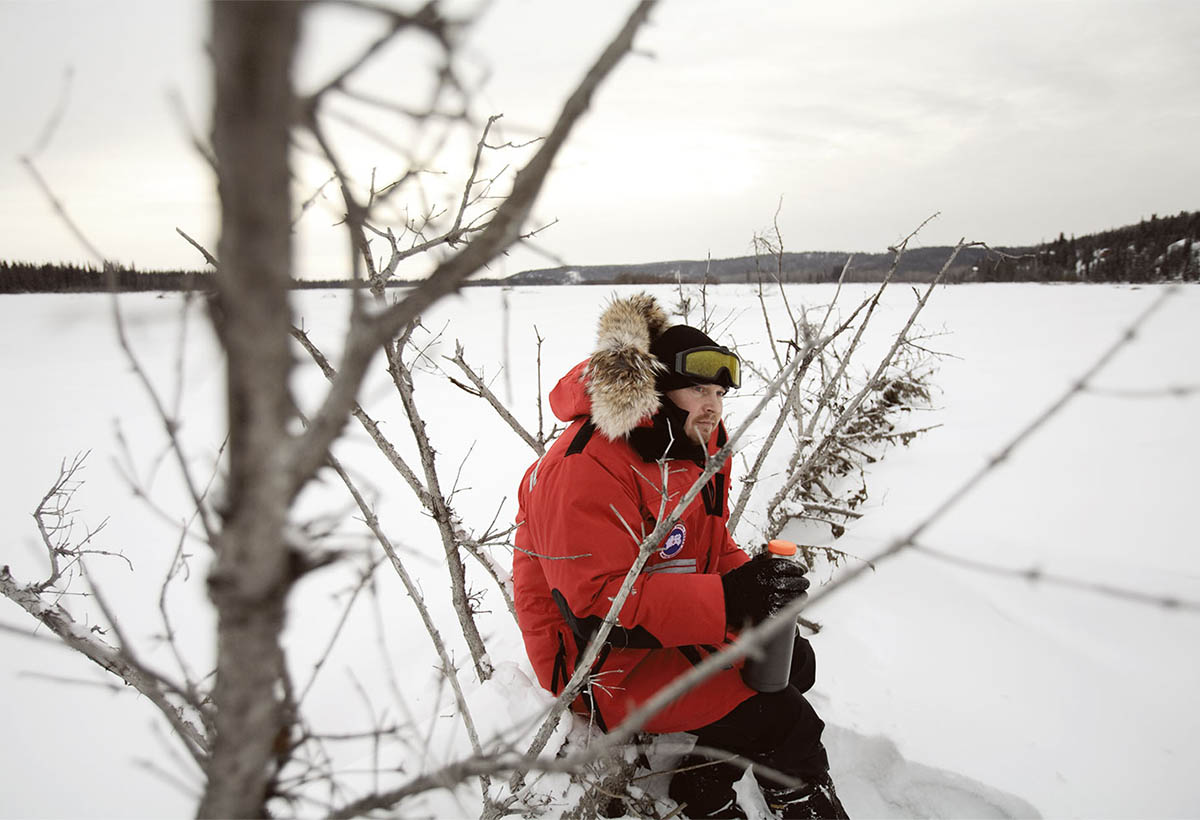
Karl Bushby
Particularly, Canada Goose history presents an interesting case of finding elite status almost accidentally. Canada Goose begins in the very coldest regions of the West, otherwise known as the Great White North.
From there, it is all a fascinating tale of a company that never loses its original sights. On the contrary, we see that Canada Goose’s rise in global status coincides with their commitment to their Arctic beginnings.
So, just when did Canada Goose originate?
Canada Goose was founded way back in 1957, in Toronto, Canada. The label was founded by Sam Tick. By then, it used “Metro Sportswear Ltd.” as its designation. To make warmer outerwear and everything else in between to withstand Canadian winters. That was the goal.
Just to be sure, pragmatism is at the very heart of everything the brand does. The hefty price tags and celebrity endorsements all belie the intense focus on each garment’s task.
Yet, there’s an equally sharp focus on the people who wear their products. From world-class athletes to the risk-takers and adventurers of every day, the recognition spreads wide.
Made in Canada
It might seem like a silly question: where is Canada Goose manufactured? Well, fear not, because there’s a lot to that answer. On a surface level, Canada Goose history bases its local roots in Toronto.
In the 1970s, David Reiss contributes an idea to an age-old industry. Working for his father in law’s Metro Sportswear company, he rethinks the process of filling jackets. By inventing the down-filling machine that operates on volume, Reiss effectively changes the very standard by which outerwear manufacturing operates in the 70s.
It’s at this time that he ponders striking out on his own. As you might have guessed, he does and the brand we would all come to know as Canada Goose was born.
Starting its journey out under the name Snow Goose, Reiss’s new enterprise is very specific. After all, the company was starting out with a home base in one of the coldest parts of the planet. It only made sense to focus on garments that would protect against those frigid temperatures.
One of the first establishing releases from Snow Goose was made for scientists stationed in the Atlantic.
Expecting Expeditions

Expedition Parka aka “Big Red”
The Expedition Parka, a bulk mass of serious weather protection, keeps staff safe as they plug away at the notorious McMurdo Station. Much like the version we see in stores today, the Expedition was a beast of a parka.
Upon initial release, no piece of outerwear comes close to its weight. But, this isn’t because of too many bells and whistles. On the contrary, a thick and robust Arctic Tech outer layer houses a whopping 625-fill-power duck down.
Of course, this was and still is an intensely purpose driven jacket. Though now available in a bevy of colors, this parka is meant for a part of the world where “Summer fun” is a temperature just above freezing.
Manufactured entirely in Canada, the Expedition Parka eventually becomes an industry standard. At the time, there’s no better option for those looking to keep warm in the absolute coldest of temperatures.
“Big Red,” as it would be called, was inspiring more adventures into the sub-zero unknown. In 1982, history is made as the first Canadian to ever scale Mt. Everest, Laurie Skreslet, does so in a Metro Sportswear parka.
Known today as Canada Goose’s Skreslet Parka, this heavy duty coat boasts even more protection than “Big Red”. Climbers, adventurers, and casual citizens alike can feel the warmth of 750-fill-duck down.
Changing winds
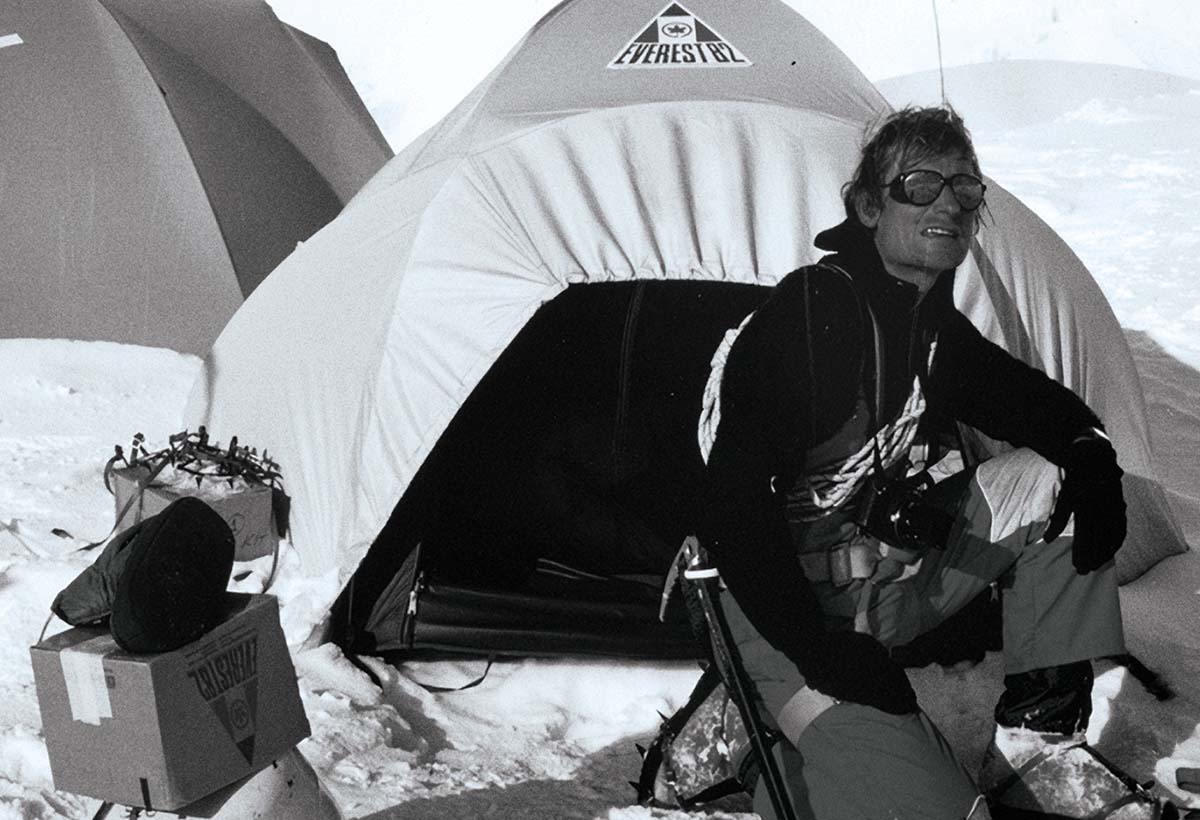
Lauri Skreslet
The 90’s see the company taken over by Dani Reiss, a pivotal move in Canada Goose history. Though he isn’t a fan of taking over the family business at first, Reiss eventually heads the company and makes a head-scratching commitment.
Canada Goose will not change its base of operations. All of the protective wears remain, to this day, as products of Canadian manufacturing.
Now, in almost any other business, resisting the urge to outsource is inviting financial strain. Unfortunately, that doesn’t change when it comes to the particular business of winter gear.
As demand shows signs of steadying and leveling out, local production becomes too cumbersome for even the brightest companies. The result was a mad dash for overseas outsourcing and the irrefutable cost benefit of doing so.
The prevailing thought within the fashion industry, in general, was that consumers would not care where the products were made.
Resilience
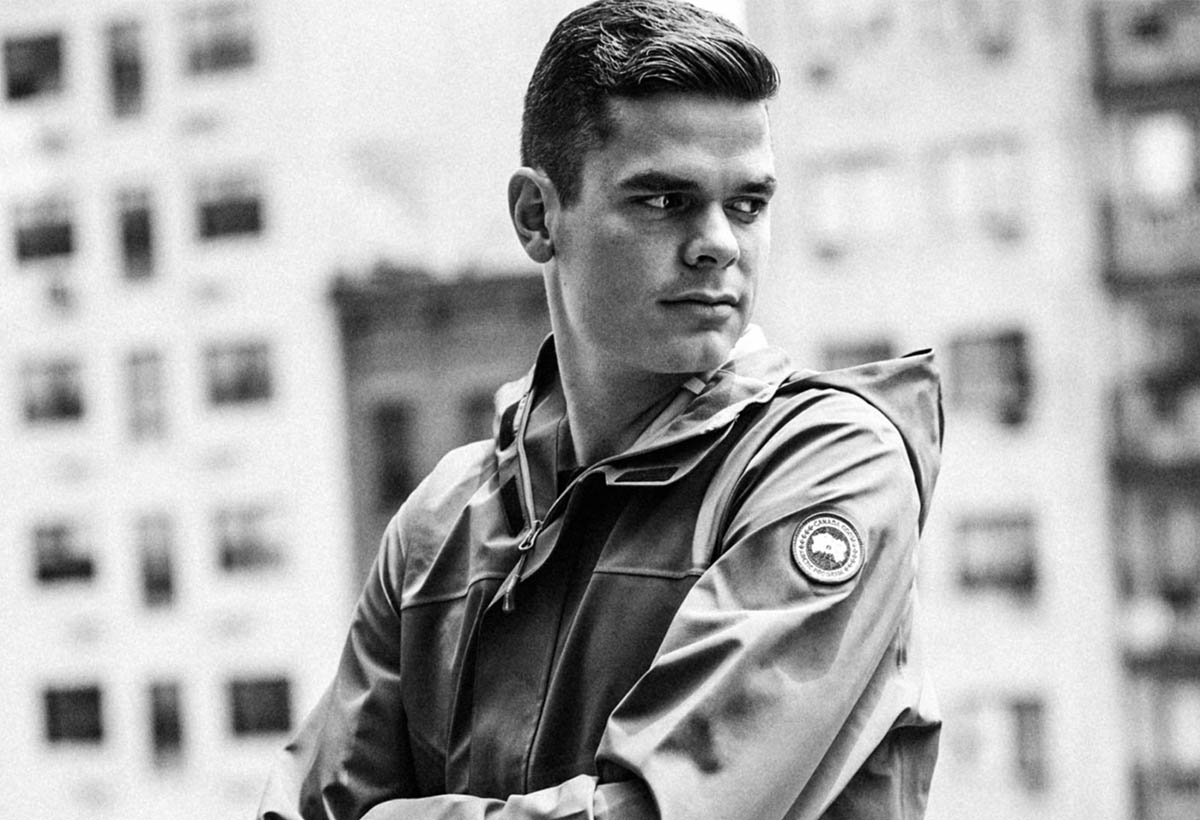
Milos Raonic
The company’s newest chief executive was of an entirely different mind. In fact, the strategy of vacating domestic production lines was so rampant that Reiss saw it as an opportunity. If every competitor left, quite simply put by Reiss, “we would be the only ones left.”
Another key to this was the brand’s faith in the consumer. Reiss sets out his strategy with the belief that consumers would indeed pay the hefty price tag for an “authentic” product.
His faith pays off in Europe, as the Canada Goose name takes off across the pond and likens to names such as Prada and Gucci.
Surprisingly, the decision to keep Canada Goose Canadian is the main unique selling point in the European luxury market. Combine this local ethos with those notorious price tag, and you have an authentic luxury item.
Wearing a piece of Canada Goose was like biting into a croissant from Paris or rocking Armani straight off a runway in Milan. The product is unique to its region, making it especially appealing.
Even today, the company earns praise and recognition for employing 6% of Canada’s cut and sew industry. This should come as no surprise, Canada Goose has always been about its people.
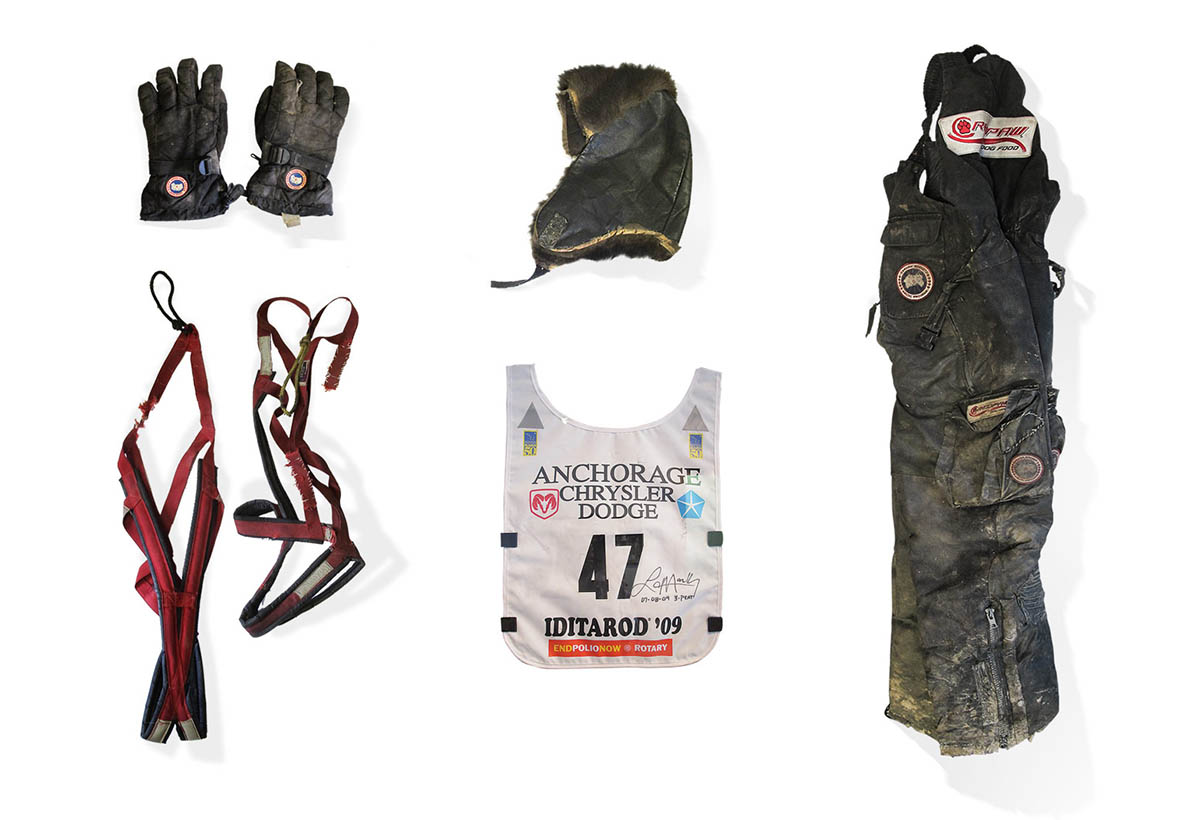
Taking Care of Their Own
Through the 90s, Canada Goose history faces uncertainty. Competition is only getting more fierce at this point, with bottom lines at the top of everyone’s minds.
The early 2000s, following the appoint of Dani Reiss, see those fortunes flip, resulting in the global appeal of the brand. This translates into Canada Goose finding its stride in its homeland as well.
Though lauded for their function and design, Canada Goose wears boast an eye-popping price tag. Marketing this to the local denizens of Toronto, sub-zero temperatures and all, would prove difficult.
Before the European boom, selling product in the local market seemed to be quite the obstacle. But, this soon changes and the global icon eventually also becomes a badge of native pride.
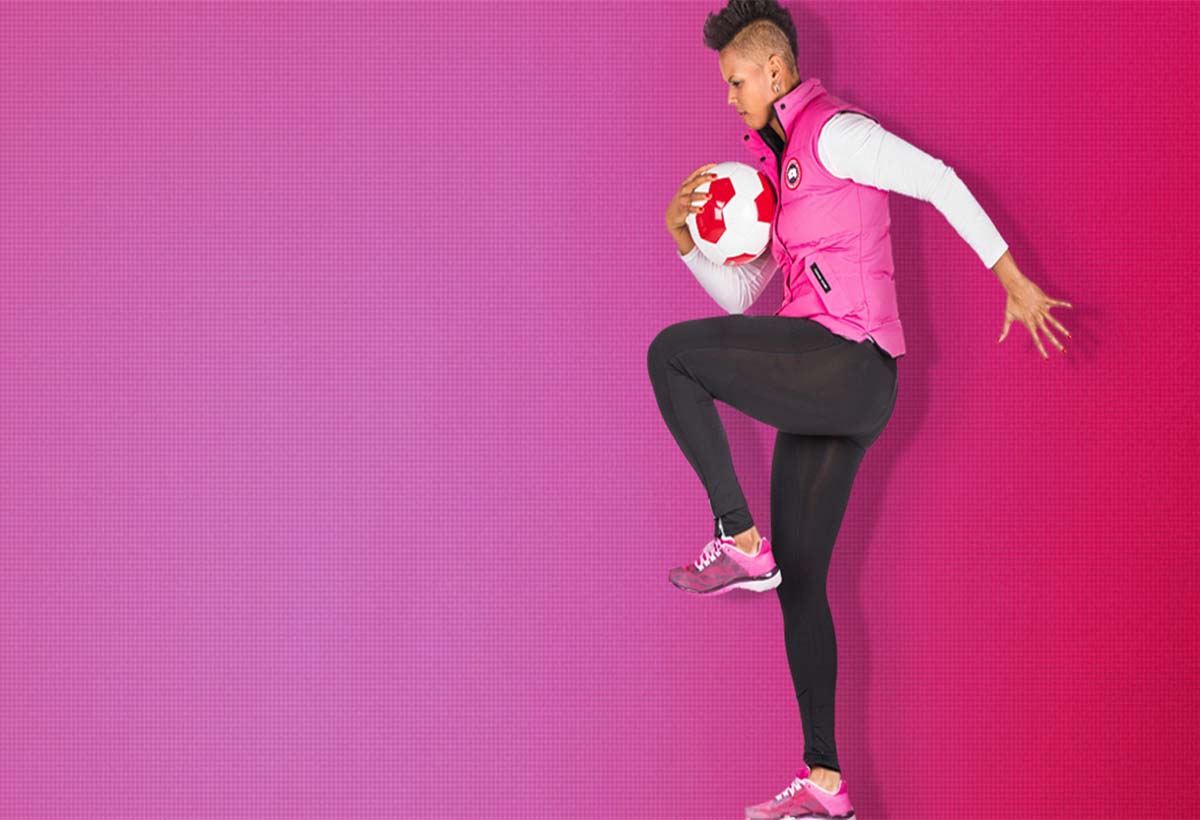
Karina LeBlanc
Perhaps the most notable thing to come out of this success is the response from the company. In 2007, Canada Goose celebrates their 50th anniversary. Well into a position of relevance in the industry, the brand decides to celebrate its customers as well.
They put together and release a book by the name of “Goose People,” spotlighting fifty people who personify the Canada Goose values. Of course, these values are, much like their products, unique to a certain spirit of the Great White North.
Goose People
Take the example of Lance Mackey. Further away from the Arctic Circle, that name is perhaps unfamiliar. But, Mackey is a record-breaking champion dog-sledder. As if racking up the race wins weren’t enough, Mackey comes from a family that lives and grows in the Alaskan wilds.
Not impressive enough? His commitment to his sport was unrelenting even in the face of cancer, with which he would battle for four years. It’s fair to say the man earns his title of “toughest athlete alive.”
Throughout his races through unforgiving temperatures, Mackey trusts no other brand than Canada Goose.
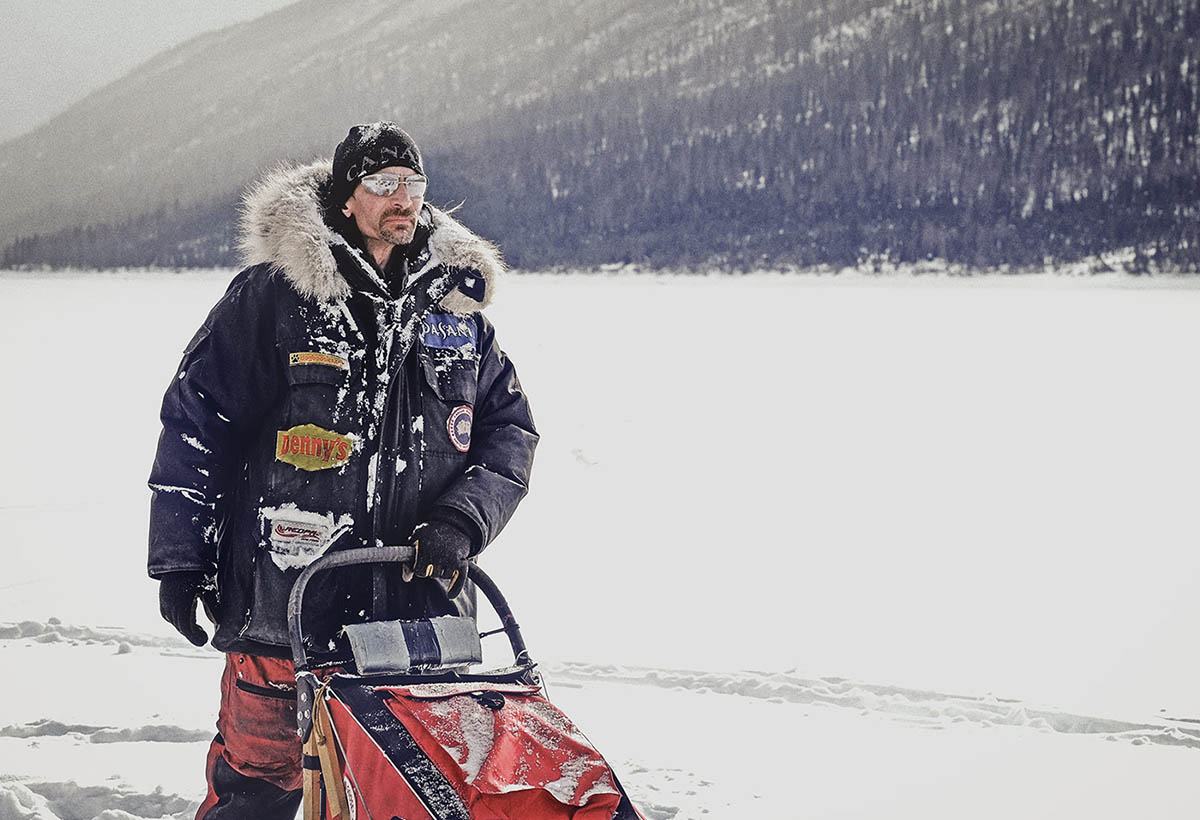
Lance Mackey
An equally compelling story is that of Marilyn Hoffman, a nurse who finds herself alive today because her Canada Goose parka kept her from drowning in the Arctic. Paddy Doyle is another great story.
The lifelong pilot found his plane making an emergency landing due to an ice storm. Alone in the middle of the tundra’s definition of nowhere, Doyle’s Canada Goose gear kept him warm while he sought shelter. It was especially useful for the three days it took for a rescue to arrive.
Canada Goose History: All about Binding Ties
Aside from the frigid temperatures, all of those stories have something in common with each other and the brand. Upon greeting the rescue team, Doyle insists on flying his own plane home.
Hoffman didn’t take long after her near-death experience to get right back to work she was passionate about. And Mackey? Well, you can bet your last dollar he’s still mushing his dogs and keeping fit.
Because that’s what “Goose People” are. They do not relent in the face of adversity. They do not let even the biting temperatures of the Great White North to distance them from what keeps them warm.
These people represent what keeps Canada Goose history. Much like the company, their passions are close to home.
Make sure you are ready to face every weather condition. Find Canada Goose at select retailers like END., Mr. Porter or Amazon.
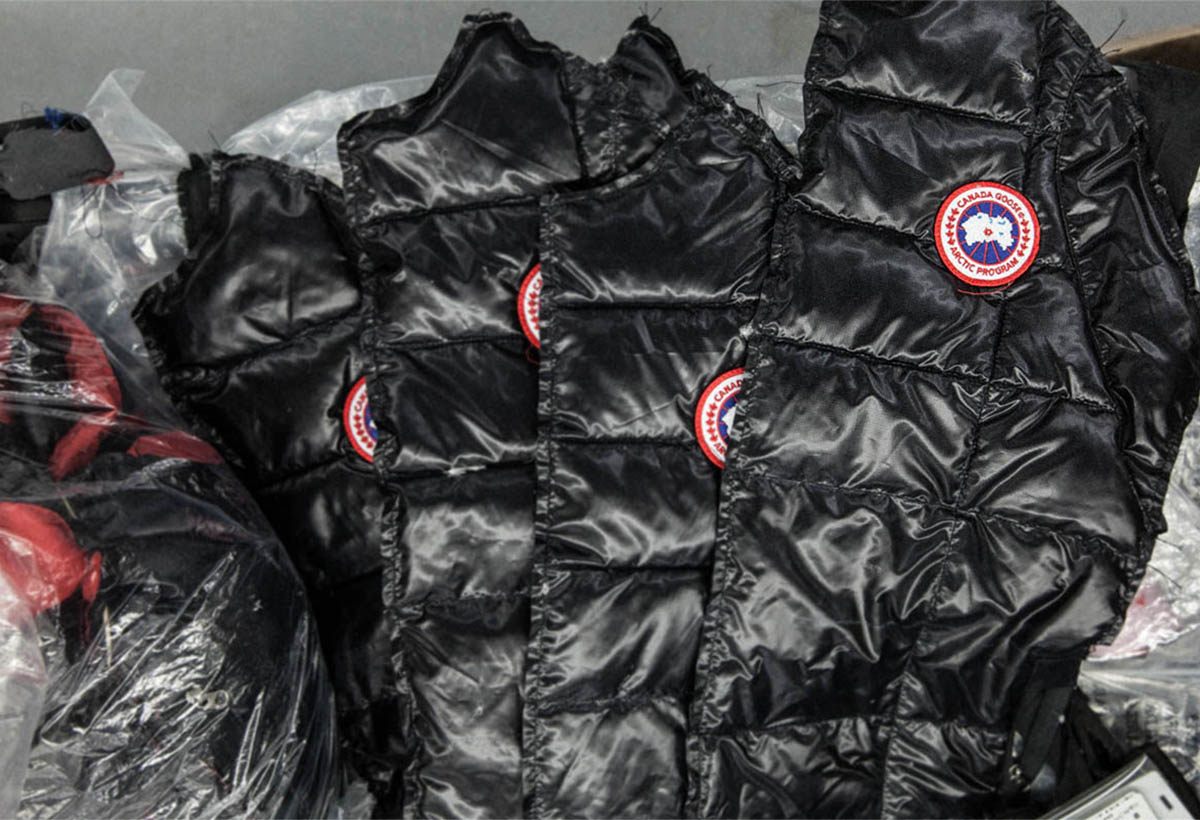
The cutting process
All images courtesy of Canada Goose
